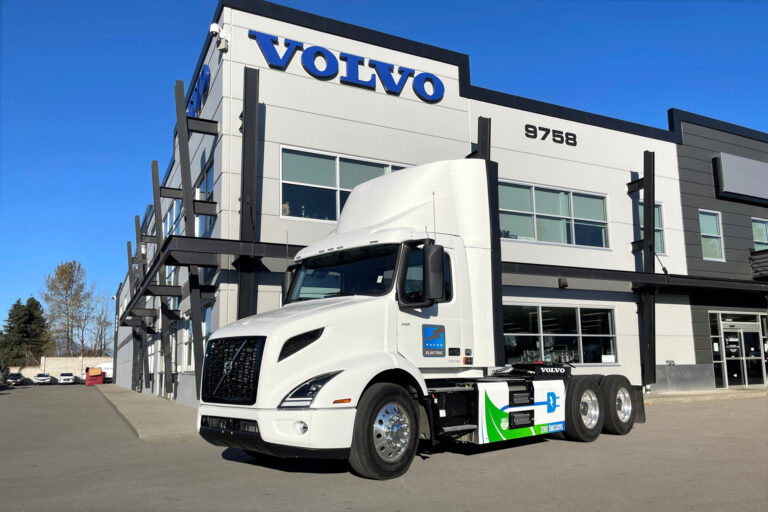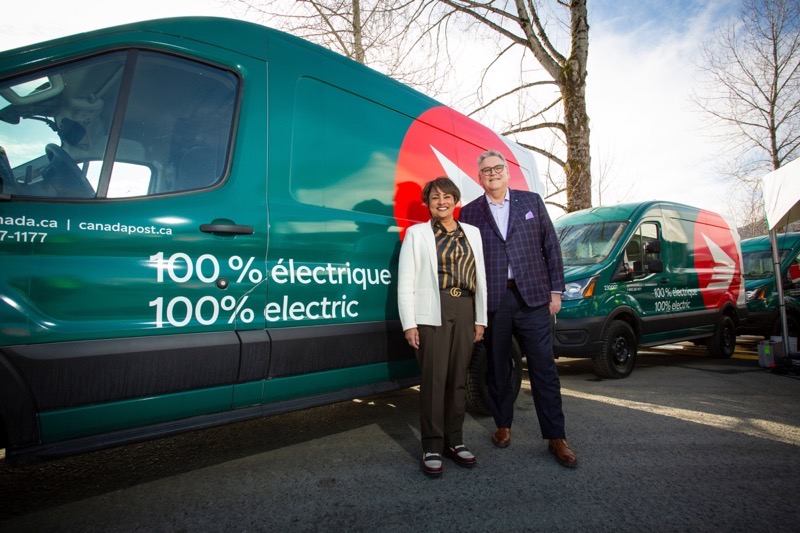The Overlooked Giants of Pollution
In the Fraser Valley, trucks make up a small fraction of vehicles on the road, but their environmental impact is disproportionately large. While passenger vehicles are often the focus of climate discussions, medium- and heavy-duty trucks contribute nearly 30% of transportation-related greenhouse gas emissions in Canada, despite representing a much smaller share of total vehicles. A single diesel semi-truck emits up to 223 metric tons of CO₂ annually, compared to just 4.6 metric tons from a typical passenger car.
These emissions are especially harmful in the Fraser Valley, where a sensitive airshed and frequent temperature inversions trap pollutants close to the ground, exacerbating respiratory illnesses and degrading air quality.
Diesel Dominance and the Need for Change
Currently, over 90% of long-haul trucks and more than 80% of short-haul trucks in Canada run on diesel. Diesel engines are favored for their torque and long-range capabilities, but they emit high levels of nitrogen oxides (NOx), particulate matter (PM2.5), and black carbon—pollutants linked to asthma, heart disease, and premature death.

Electric Trucks: A Viable and Urgent Solution
Electric trucks offer a transformative opportunity:
- Zero tailpipe emissions, drastically reducing local air pollution.
- Lower operating costs: Electricity costs 15–25 cents per mile, compared to 50–70 cents for diesel.
- Reduced maintenance: Fewer moving parts mean lower service costs and downtime.
- Improved performance: Electric trucks deliver 2.5x more torque and faster acceleration than diesel counterparts.
- Range improvements: Modern electric trucks now offer 200–500 km per charge, suitable for many regional and short-haul routes.

Real-World Progress: Leading by Example
Several Canadian companies are already making the switch:
- Loblaw deployed electric Freightliner eCascadia trucks in Montreal for daily deliveries.
- Walmart Canada introduced electric semis in Surrey, BC, aiming for a fully electric fleet by 2028.
- Edison Motors, a BC-based company, built Canada’s first production electric hybrid truck.
These examples prove that electrification is not only possible—it’s happening.
Addressing Common Concerns
Cost of New Trucks: Electric trucks currently cost more upfront (e.g., $250,000–$300,000 vs. $150,000–$175,000 for diesel), but federal incentives can offset up to $40,000 per truck, and lifetime savings can exceed $200,000 due to lower fuel and maintenance costs.
Charging Infrastructure: Canada is investing in EV corridors, with 40,000 new public charging ports needed annually to meet 2040 targets. Projects like the Quebec-Montreal Corridor Vert and the Windsor–Quebec City freight corridor are underway.
Electricity Availability: BC’s grid is 98% renewable, making electric trucks a truly clean alternative.
Range Limitations: While diesel trucks still dominate long-haul routes, electric trucks are ideal for short-haul and regional deliveries, which make up a significant portion of freight movement.
A Path Forward: What You Can Do
Electrifying commercial transport requires collective action. Here’s how individuals and communities can help:
- Advocate for Policy Change:
- Contact local and provincial representatives to support zero-emission truck mandates.
- Push for investment in public charging infrastructure.
- Support Clean Fleets:
- Choose delivery services and companies committed to electrification.
- Encourage local businesses to explore electric fleet options.
- Raise Awareness:
- Share information about the health and climate impacts of diesel trucks.
- Promote success stories from companies leading the transition.
- Engage in Local Planning:
- Participate in municipal climate action plans.
- Advocate for low-emission zones and clean freight corridors.
Conclusion: The Time to Act Is Now
Electrifying trucks is one of the most impactful steps we can take to reduce emissions and improve air quality in the Fraser Valley. With proven technology, growing infrastructure, and strong economic incentives, the transition is not only feasible—it’s essential. Let’s power change together and build a cleaner, healthier future for our communities.
